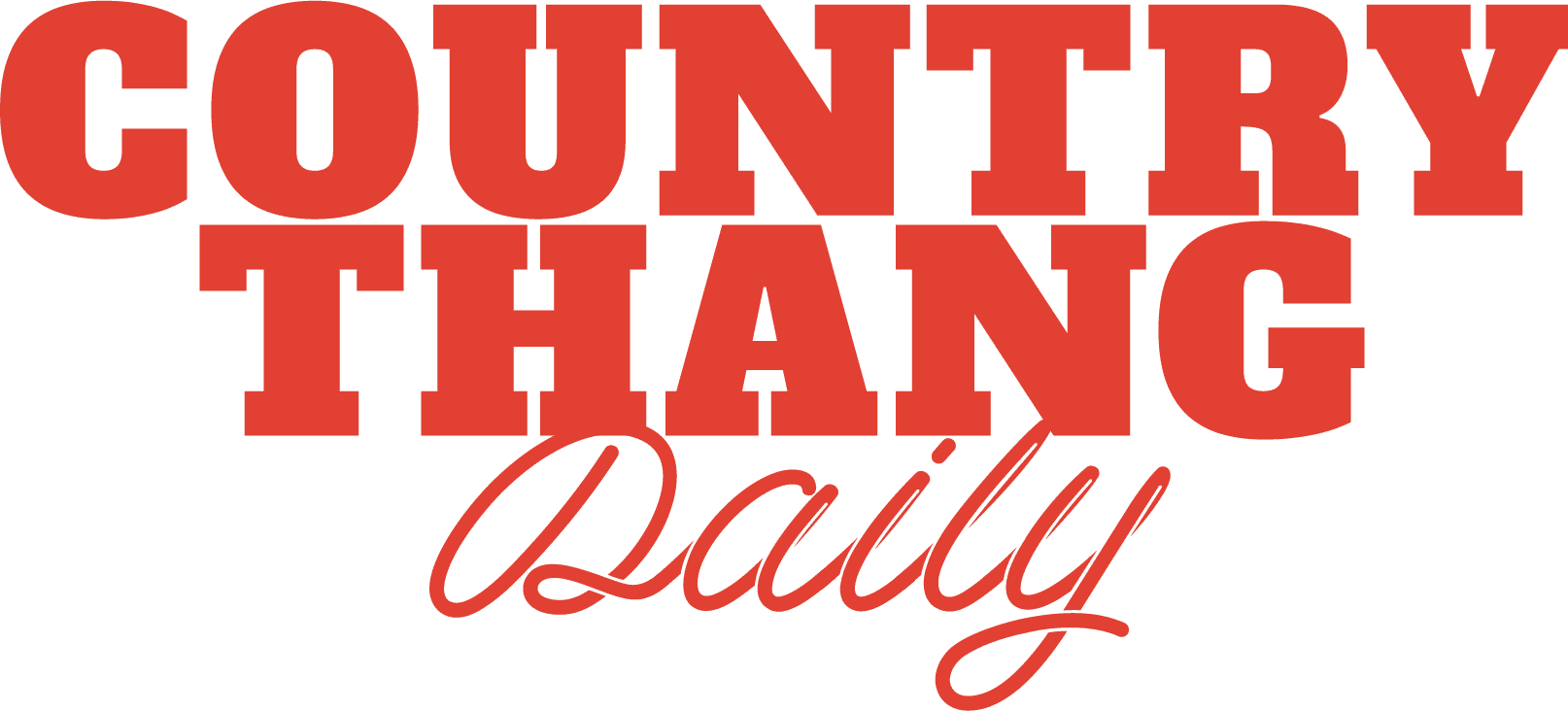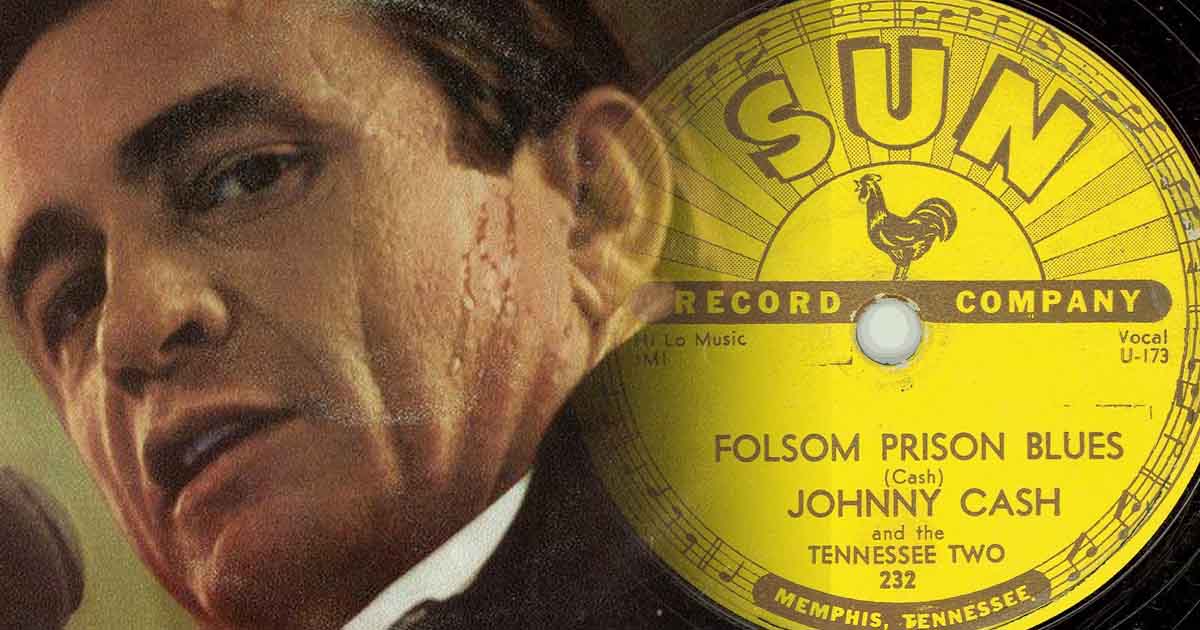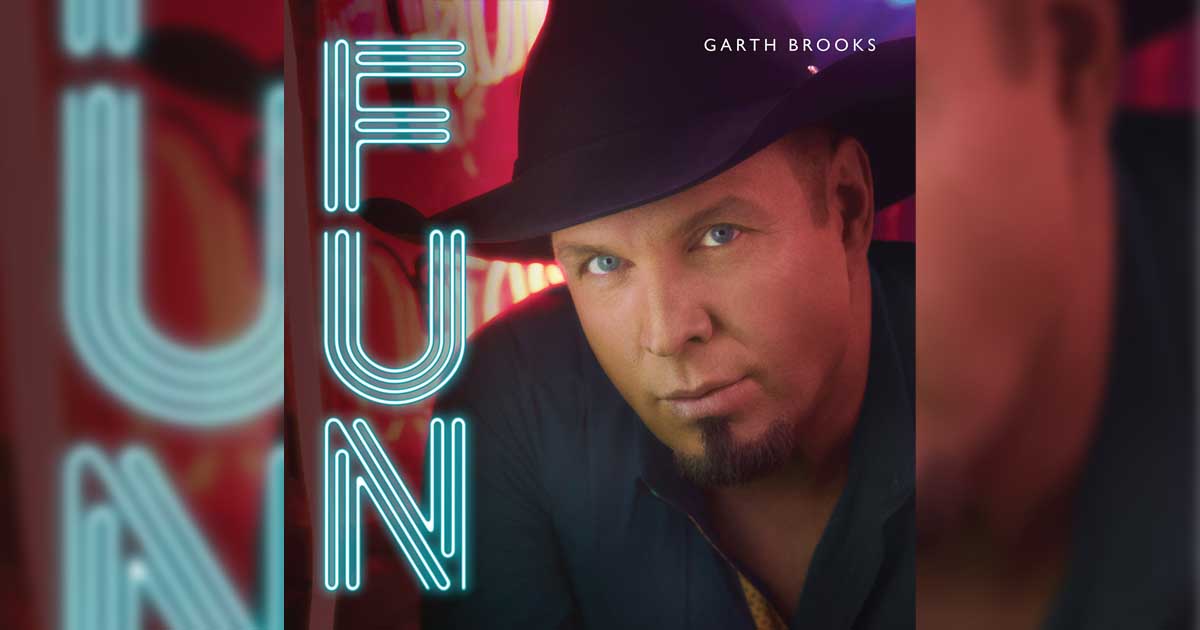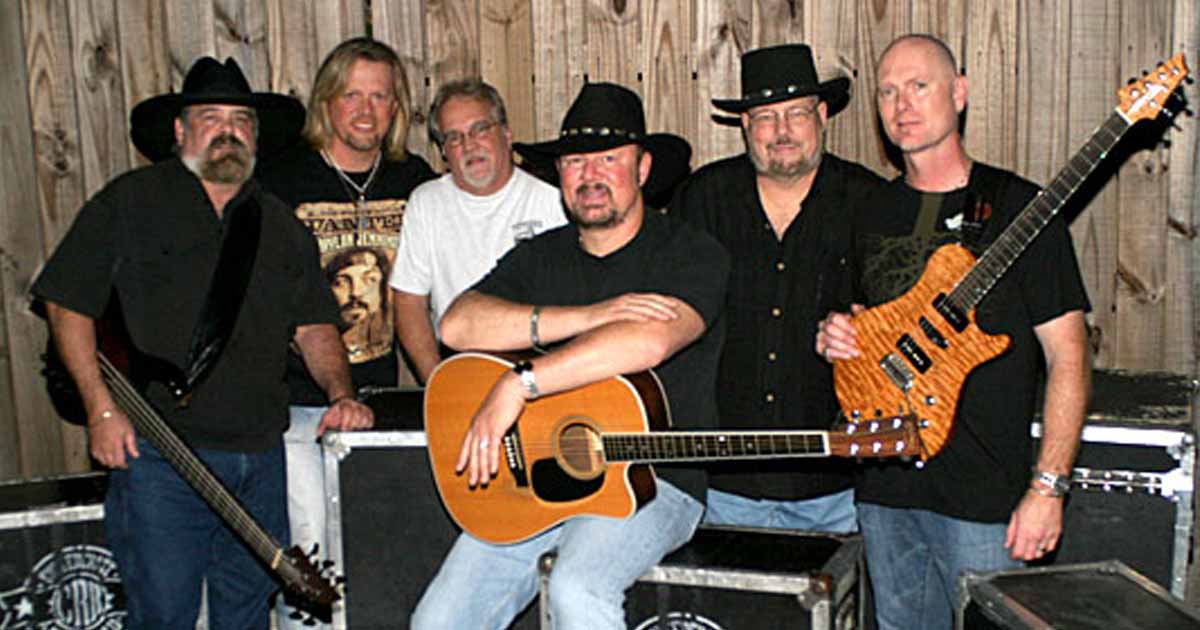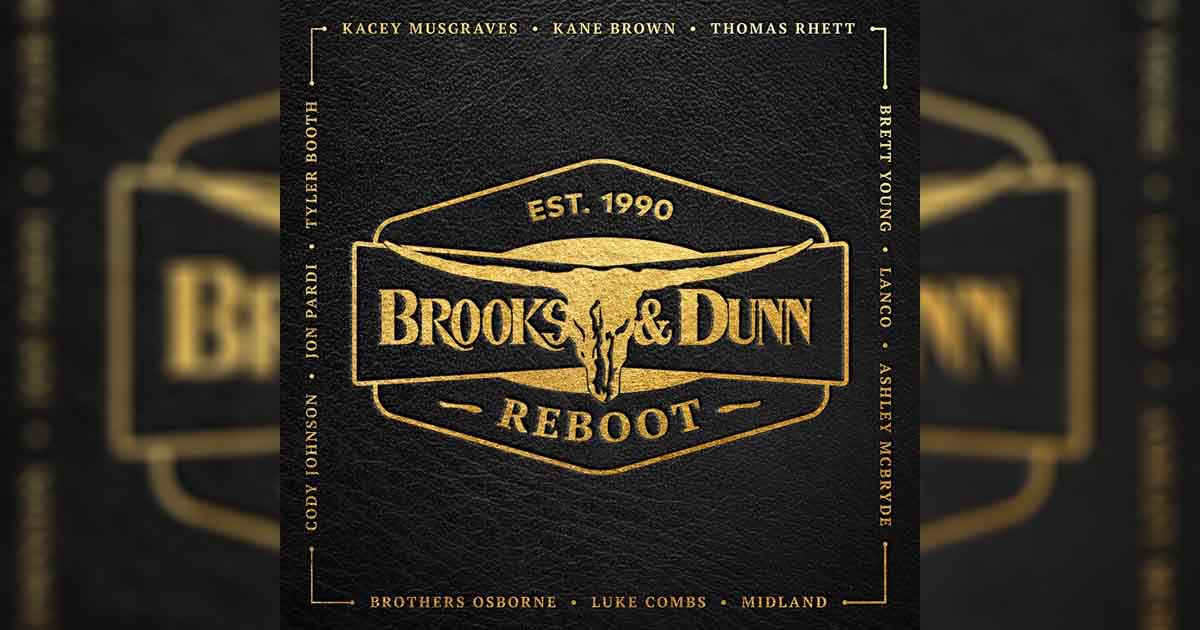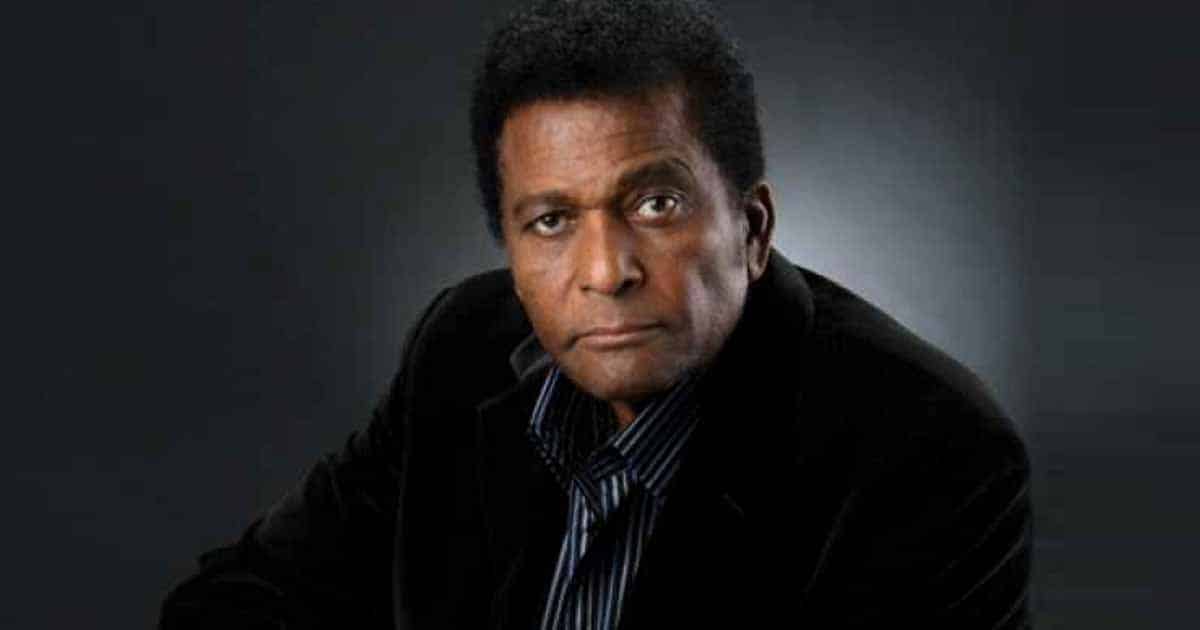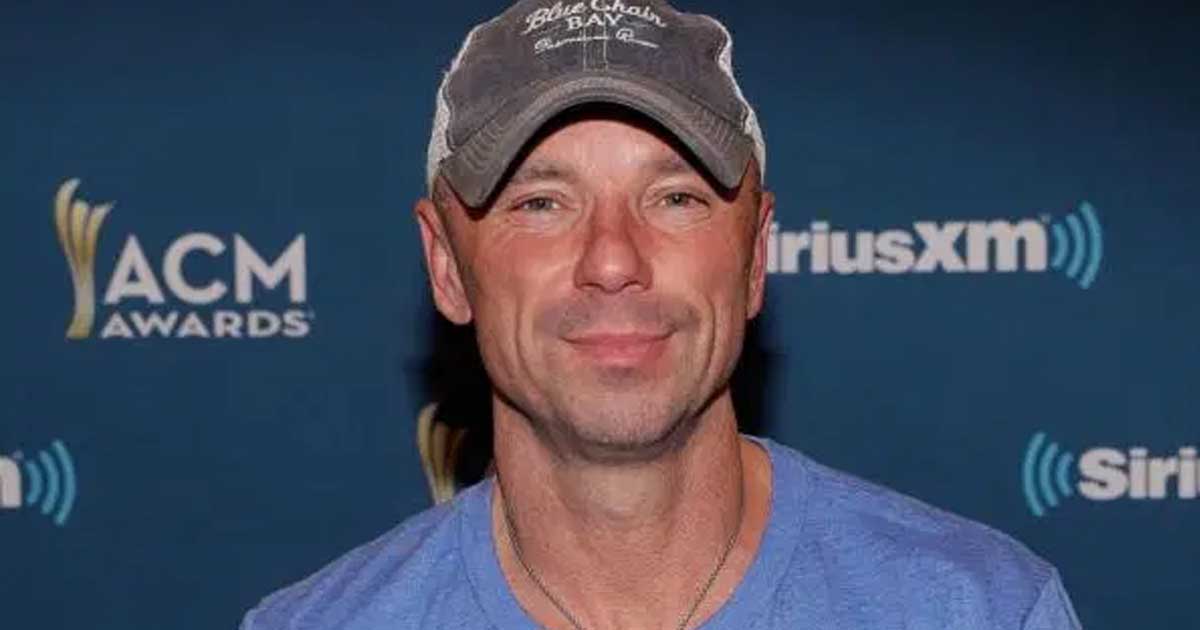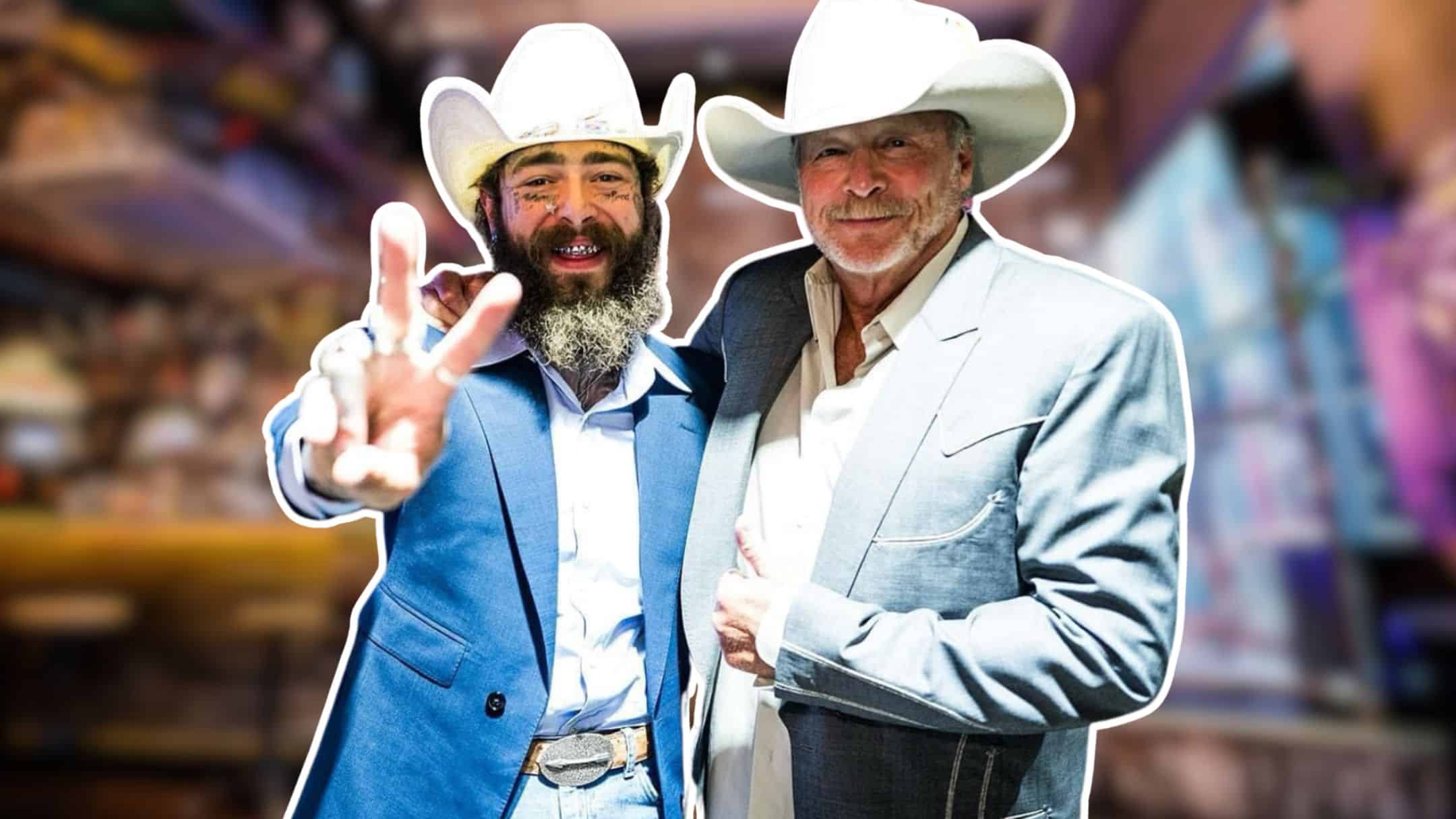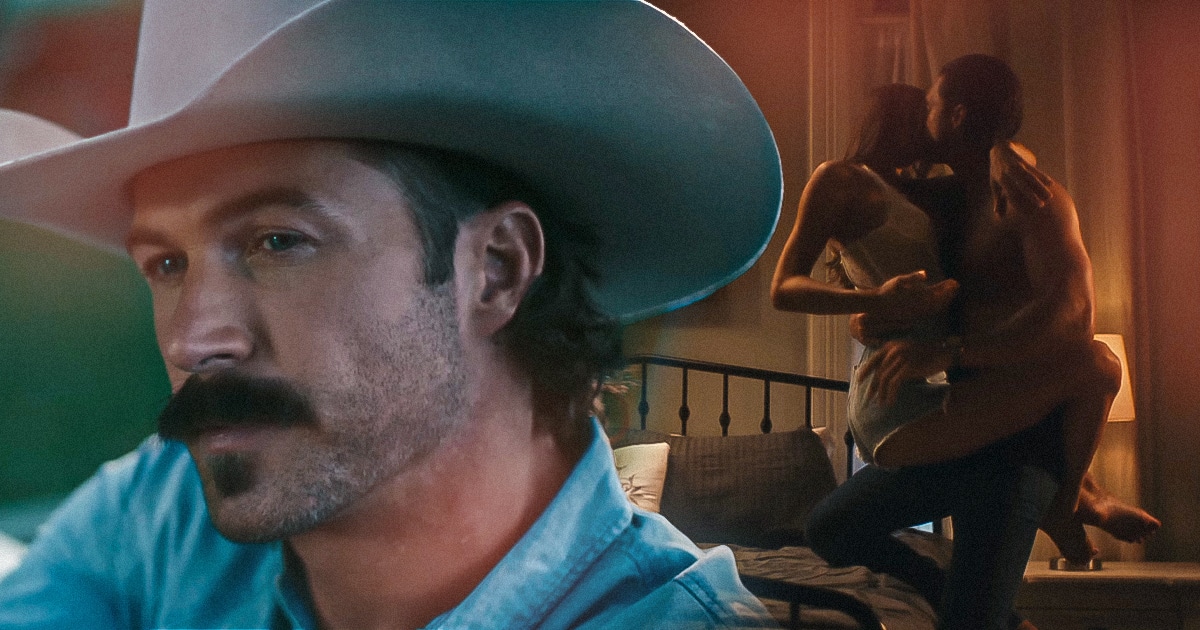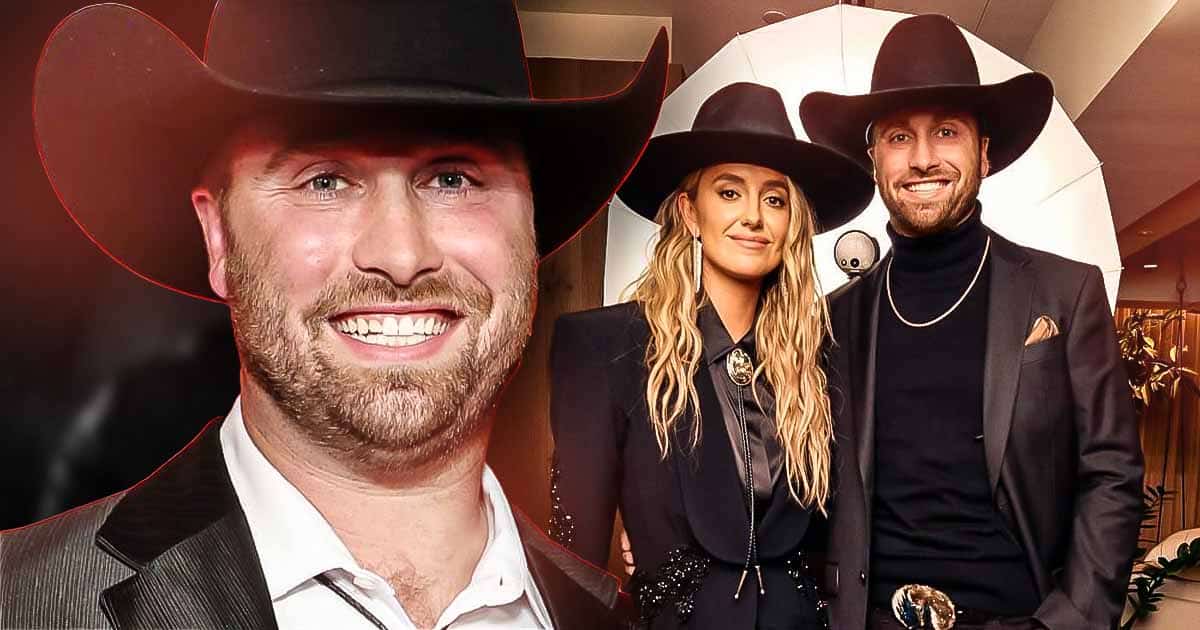Johnny Cash may have cultivated an outlaw image, but he never actually served a prison sentence. His imagination indeed took him to prison in his song “Folsom Prison Blues.”
It is one of his earliest songs, which was first recorded in 1956 for his debut album, With His Hot and Blue Guitar. The same version was included in his 1962 album All Aboard the Blue Train. However, in 1968, a thrilling, electric version recorded live at Folsom Prison in California came to define Cash’s outlaw persona. It then became a No. 1 hit on the country music charts, both in Canada and the United States.
For decades, Cash opened almost all of his concerts with the song after greeting the audience with his infamous introduction, “Hello, I’m Johnny Cash.”
The Story Behind Johnny Cash’s Controversial Song
Written by Johnny Cash himself, “Folsom Prison Blues” tells the tale of a fictional inmate at Folsom Prison who wishes he could ride a nearby train away from his confinement and journey to San Antone.
“Well, if they freed me from this prison, if that railroad train was mine, I bet I’d move it on a little farther down the line. Far from Folsom prison, that’s where I want to stay, and I’d let that lonesome whistle blow my blues away,” the song goes.
Cash wrote “Folsom Prison Blues” in 1953 while serving in West Germany in the United States Air Force at Landsberg, Bavaria, and it was inspired by the 1951 crime drama, Inside the Walls of Folsom Prison.
“It was a violent movie,” Cash recalled. “And I just wanted to write a song that would tell what I thought it would be like in prison.”
The famous line in the song “But I shot a man in Reno, just to watch him die,” was written by Cash “with my pen in my hand, trying to think up the worst reason a person could have for killing another person, and that’s what came to mind.”
He then took the song’s melody and most of the lyrics from Gordon Jenkins’s 1953 Seven Dreams concept album, particularly the song “Crescent City Blues.” However, Jenkins was never credited on the original record, which resulted in a lawsuit when the song became popular in the early 1970s. Cash had to pay Jenkins a settlement of approximately US$ 75,000.
In 1968, Cash finally performed the song at Folsom Prison itself, which was recorded and eventually released as a live album called at Folsom Prison. It comes with a more up-tempo opening compared to the original recording.
The prisoners can also be heard cheering following the line, “But I shot a man in Reno, just to watch him die.” However, the cheers were only added in post-production. In a special feature on the 2005 biopic Walk the Line, it was revealed that the prisoners hesitated to cheer at Cash’s comments about the prison itself, out of fear of reprisal from the guards.
Nonetheless, this live version helped Cash earn a Grammy for Best Male Country Vocal Performance. It was also named the No. 1 Single of the Year by Billboard.
With the success of “Folsom Prison Blues,” Cash made prison reform his political cause of choice. This started his regular performances in jails, doing about twelve shows a year – mostly in Folsom and San Quentin – for free. “I don’t see anything good come out of prison. You put them in like animals and tear out the souls and guts of them, and let them out worse than they went in,” Cash said.
Tune in and listen to Johnny Cash’s “Folsom Prison Blues” in the video below.
